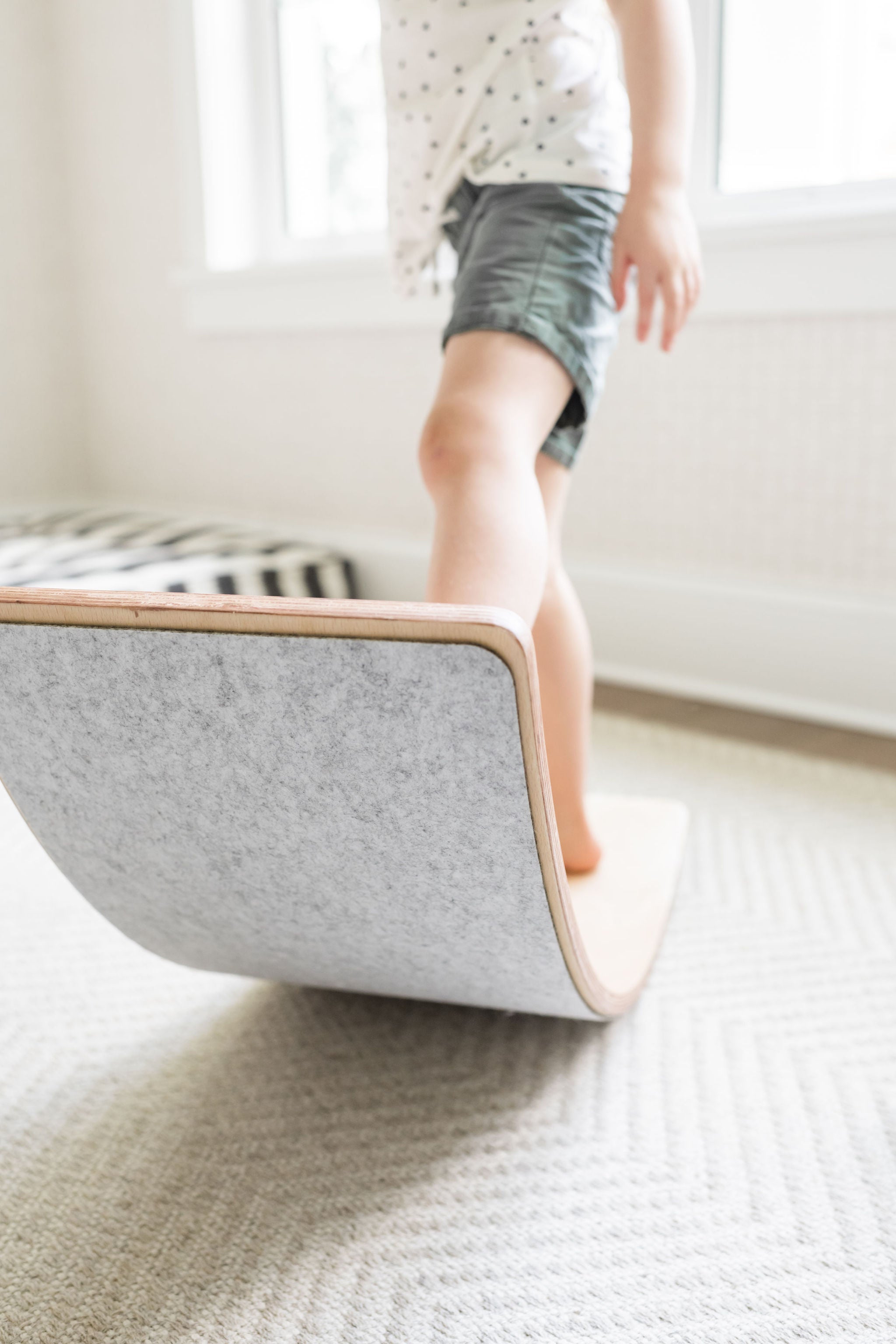How Golden State Mold Inspections Identify the Source of Indoor Mold

At Golden State Mold Inspections, our goal isn’t just to confirm whether mold is present—we focus on identifying why it’s there and where it’s coming from. Mold is always a symptom of a larger issue, and locating the source is key to solving the problem and preventing future growth.
We work with homeowners, tenants, property managers, and businesses across Southern California, including in cities like Redondo Beach, Torrance, and El Segundo. Our inspectors bring years of experience and industry-certified tools to uncover the root cause of mold quickly and accurately.
Why Mold Grows Indoors
Indoor mold is almost always the result of excess moisture. Whether it’s from a plumbing leak, poor ventilation, or hidden condensation, moisture allows mold spores to settle and spread on surfaces like drywall, wood, and insulation.
At Golden State Mold Inspections, we begin every job with the understanding that visible mold is only part of the equation. The real solution starts with identifying the source of the moisture.
Our process goes beyond surface checks. We look at the full building system, including airflow, drainage, insulation, and material conditions, to find what’s feeding mold growth.
Our Process for Source Detection
Every mold inspection includes steps to uncover where and how moisture is entering or accumulating in a property. Here’s how we work:
Visual Inspection
We start by looking at visible clues—staining, bubbling paint, peeling wallpaper, or warped materials. These signs help us focus our moisture inspection and identify vulnerable building components.
Moisture Mapping
Using both pin and pinless moisture meters, we measure the moisture content of walls, floors, ceilings, and fixtures. This helps us find areas that are damp but not yet visibly damaged.
Infrared Thermal Imaging
Thermal cameras show temperature differences that reveal hidden moisture. Cool areas on walls or ceilings often point to leaks behind the surface or poorly insulated spaces where condensation forms.
HVAC and Airflow Assessment
In many cases, indoor mold results from poor ventilation. We assess air circulation in bathrooms, kitchens, laundry rooms, and attics to determine if moisture is being properly ventilated.
Drainage and Exterior Evaluation
Mold inside a home may actually originate from outside. We examine the building’s exterior, including the roof, gutters, window seals, and foundation for signs of poor drainage or intrusion points.
Plumbing and Appliance Checks
We inspect under sinks, behind dishwashers, near washing machines, and around water heaters for signs of active or past leaks. These are common sources of hidden mold problems.
Humidity Readings
We measure indoor humidity levels throughout the structure. Readings above 60% often point to poor ventilation, clogged filters, or insufficient air exchange—all of which can lead to mold.
Common Hidden Mold Sources We Find
Over the years, Golden State Mold Inspections has located mold at its source in hundreds of structures across the region. Some of the most frequent causes include:
- Leaks inside walls from corroded or loose plumbing connections
- Roof leaks that drain into attic insulation and ceiling cavities
- HVAC condensation due to blocked drainage lines
- Shower pan or tile grout failure in bathrooms
- Crawl space humidity buildup without proper vapor barriers
- Unsealed windows allowing rainwater to enter the frame
- Poor landscaping grading causing water to pool near foundations
Once we find the source, our report outlines the conditions contributing to mold and provides clear guidance on what needs to be corrected.
Why Source Identification Matters
Treating mold without addressing its source is a short-term fix. Mold will continue to return if moisture conditions are not corrected. By identifying the origin, we help our clients:
- Avoid unnecessary remediation costs
- Prevent future mold growth
- Improve long-term indoor air quality
- Ensure accurate insurance claims or contractor scopes
- Reduce risk of tenant complaints or legal disputes
Golden State Mold Inspections provides all clients with a digital report that includes annotated photos, moisture readings, and detailed notes on what was discovered and why it matters.
Why Clients Choose Golden State Mold Inspections
We’re more than just mold testers—we’re problem-solvers. Our team is certified, local, and experienced in tracking down the root causes of indoor mold. Whether you’re managing a multi-unit rental property or evaluating a single-family home, our approach is designed to be accurate, non-invasive, and fast.
- Certified Mold Inspectors – Our inspectors are trained in indoor environmental testing, moisture diagnostics, and building systems analysis.
- Advanced Equipment – We use professional moisture meters, thermal cameras, hygrometers, and air sampling tools.
- Thorough Source Investigation – We go beyond the surface to identify moisture pathways and mold-supporting conditions.
- Detailed, Easy-to-Understand Reports – Our inspection reports break down findings with photos, moisture maps, and action steps.
- Trusted Across Southern California – With deep knowledge of local climates, materials, and construction methods, we understand how and where mold develops in this region.
Golden State Mold Inspections is your trusted resource for mold inspections, source identification, indoor air quality evaluations, and moisture investigation across homes, apartments, and commercial spaces in Southern California.
